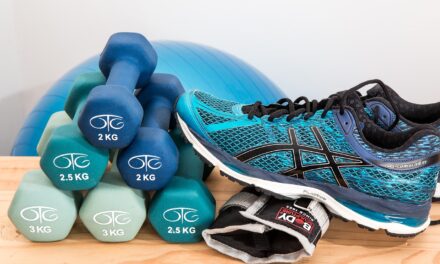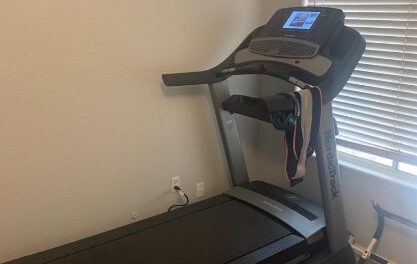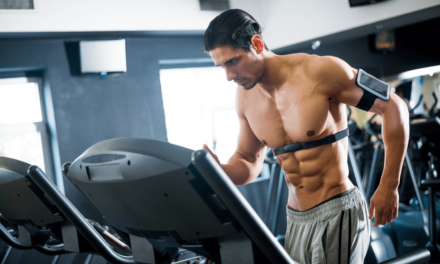If you’re thinking about using a treadmill for your long-distance or marathon training, there are a few factors you should definitely keep in mind. First and foremost, consider the motor power of the treadmill. You’ll want a machine that can handle your intense workouts without overheating or getting sluggish. Next, pay attention to the belt size and cushioning. A wider and longer belt will provide more stability and room for you to stride comfortably. And don’t forget about the incline feature! Mimicking outdoor terrain can help you prepare better for race day. So, before you make your treadmill purchase, make sure to evaluate these important factors to ensure a successful training journey.
1. Consider your goals and training needs
1.1 Determine your training goals
Before investing in a treadmill for long-distance or marathon training, it is essential to determine your specific training goals. Are you aiming to improve your overall endurance, increase speed, or train for a specific race? Having clear goals will help you choose a treadmill that aligns with your training needs.
1.2 Assess your current fitness level
Take some time to assess your current fitness level. Consider factors such as your running experience, average weekly mileage, and any existing injuries or limitations. This will help you select a treadmill with the appropriate features and specifications that cater to your fitness level.
1.3 Consider your training needs and preferences
Think about your training needs and preferences when selecting a treadmill for long-distance or marathon training. Are you someone who enjoys challenging incline workouts, or do you prefer a variety of pre-programmed workouts to keep you motivated? Understanding your preferences will ensure you choose a treadmill that caters to your individual training needs.
2. Evaluate the treadmill’s motor
2.1 Look for a powerful and durable motor
A treadmill’s motor is the heart of the machine, and it is crucial to choose one that is both powerful and durable. Look for treadmills with motors that are capable of handling long-distance and marathon training demands without overheating or slowing down.
2.2 Consider the horsepower rating
The horsepower rating of a treadmill motor indicates its overall power and performance. For long-distance or marathon training, it is recommended to choose a treadmill with at least a 2.5 to 3.0 horsepower motor. This ensures that the motor can handle intense workouts for extended periods without straining.
2.3 Check the continuous duty rating
The continuous duty rating refers to the motor’s ability to maintain consistent power output over an extended period. Higher continuous duty ratings indicate better motor performance and durability. Make sure to check the continuous duty rating of the treadmill you are considering to ensure it can withstand the demands of long-distance or marathon training.
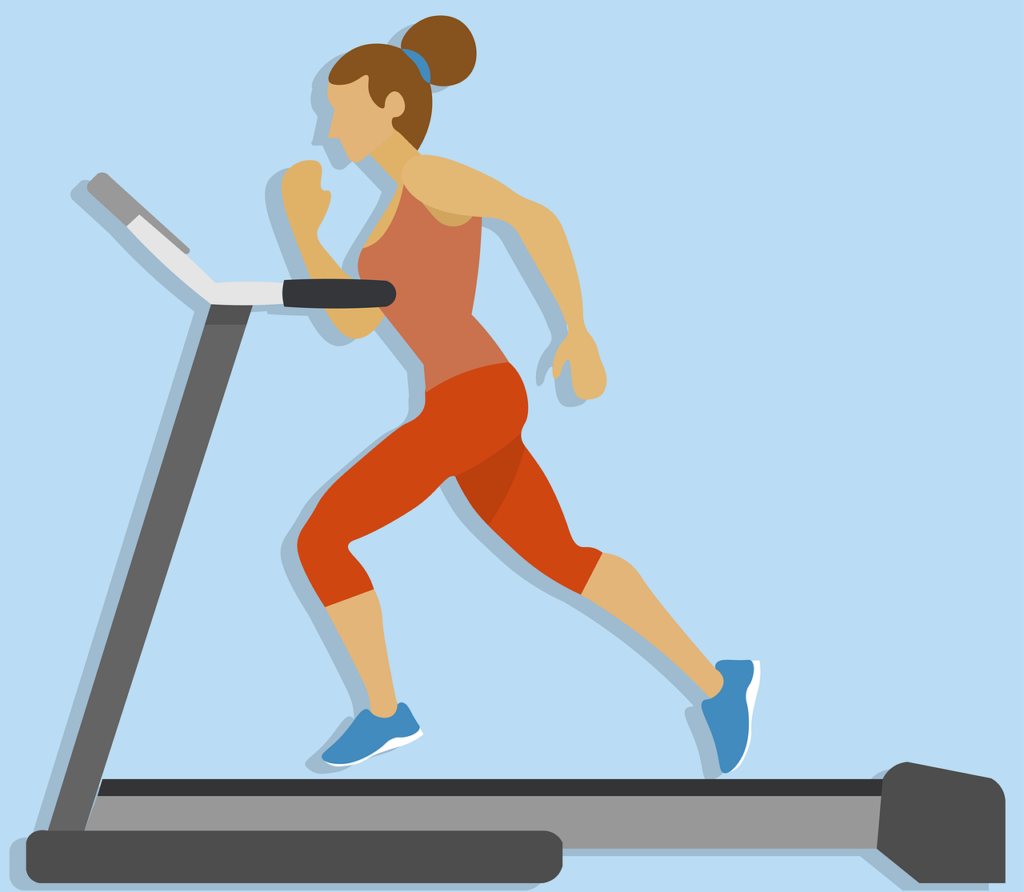
This image is property of pixabay.com.
3. Assess the treadmill’s speed and incline range
3.1 Determine the maximum speed
For long-distance or marathon training, it is essential to have a treadmill that offers a wide range of speeds. Look for treadmills that have a maximum speed of at least 10 to 12 miles per hour (16 to 19 kilometers per hour) to accommodate various training intensities and paces.
3.2 Consider the incline range
Incline training is a valuable tool for building strength and adding variety to your workouts. When choosing a treadmill for long-distance or marathon training, consider the incline range it offers. Look for treadmills that provide incline levels of up to 10% or more to simulate different terrains and challenge your muscles.
3.3 Look for quick speed and incline controls
During your training sessions, you may need to make frequent adjustments to the speed and incline settings. Therefore, it is beneficial to choose a treadmill that offers quick speed and incline controls. Having these features readily accessible will allow you to transition between different training intensities seamlessly.
4. Check the running surface
4.1 Evaluate the size and width of the running deck
The size and width of the treadmill’s running deck play a crucial role in providing a comfortable and safe running experience. For long-distance or marathon training, it is recommended to choose a treadmill with a running surface that is at least 55 inches long and 20 inches wide. This allows for a natural stride and reduces the risk of injury during long runs.
4.2 Assess the cushioning system
A quality cushioning system is essential for reducing the impact on your joints and providing a comfortable running experience. When selecting a treadmill for long-distance or marathon training, look for models with an adjustable cushioning system that allows you to customize the level of impact absorption to suit your preferences.
4.3 Consider the durability and grip of the belt
The durability and grip of the treadmill’s belt are crucial factors to consider for long-distance or marathon training. Ensure the belt is made of high-quality materials that can withstand the constant pounding and friction of intense workouts. Additionally, opt for a belt with a textured surface to provide adequate traction and minimize the risk of slipping.
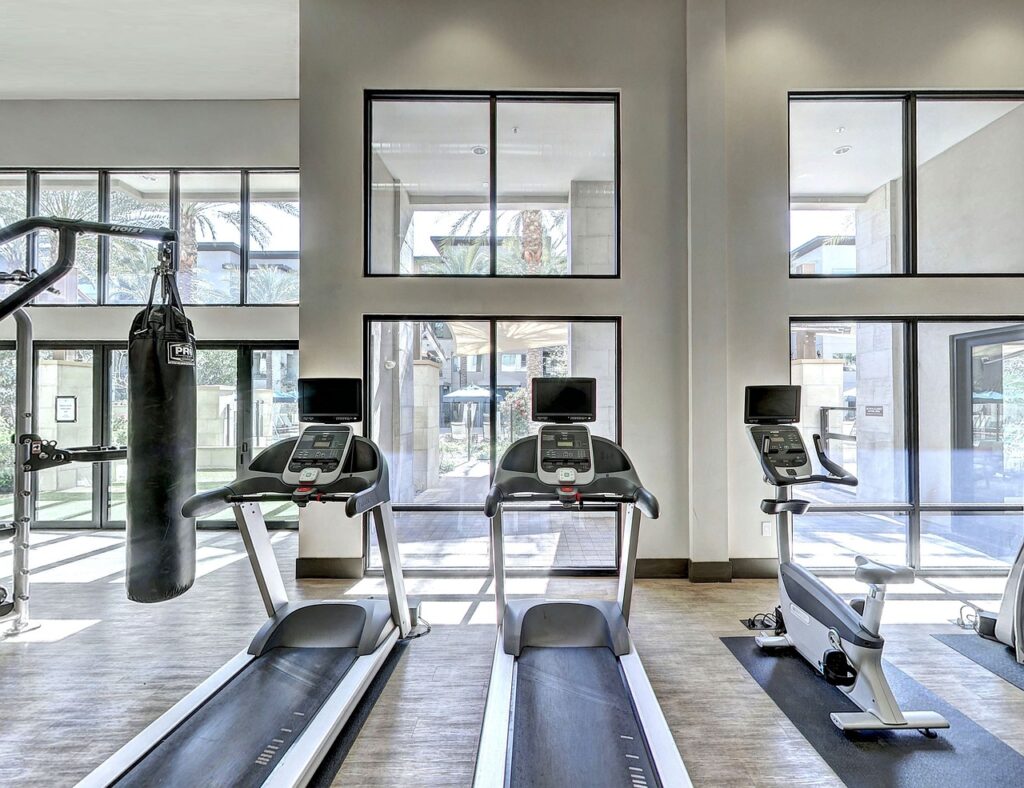
This image is property of pixabay.com.
5. Look for advanced training features
5.1 Consider built-in workout programs
Built-in workout programs can add variety to your training routine and help you achieve your specific goals. Look for treadmills that offer a wide range of pre-programmed workouts designed for long-distance or marathon training. These programs can simulate different terrains, hill intervals, and speed workouts, providing a more engaging training experience.
5.2 Look for heart rate monitoring
Heart rate monitoring is a valuable tool for tracking your training intensity and ensuring you stay within your target heart rate zones. Choose a treadmill that offers accurate heart rate monitoring features such as contact grips or wireless chest strap compatibility. This will enable you to monitor your heart rate during your long-distance or marathon training sessions.
5.3 Evaluate connectivity options and compatibility with fitness apps
If you enjoy tracking your workouts and progress, consider treadmills that offer connectivity options and compatibility with fitness apps. These features allow you to sync your treadmill data with fitness tracking apps or online platforms, providing you with a comprehensive overview of your training and performance.
6. Assess the overall build quality
6.1 Check the weight capacity
The weight capacity of a treadmill indicates its sturdiness and durability. Make sure to choose a treadmill that has a weight capacity that exceeds your body weight. This ensures that the treadmill will remain stable and perform optimally during your long-distance or marathon training sessions.
6.2 Evaluate the frame construction
A sturdy and well-built frame is crucial for the longevity and stability of a treadmill. Look for treadmills with frames made of high-quality materials, such as steel or aluminum, that offer durability and support. Avoid treadmills with flimsy frames that may compromise your safety and the overall performance of the machine.
6.3 Consider the warranty and customer reviews
Before making a final decision, examine the warranty offered by the treadmill manufacturer. A longer warranty period indicates the manufacturer’s confidence in the product’s durability and quality. Additionally, take the time to read customer reviews and ratings to get an idea of other users’ experiences with the treadmill you are considering.
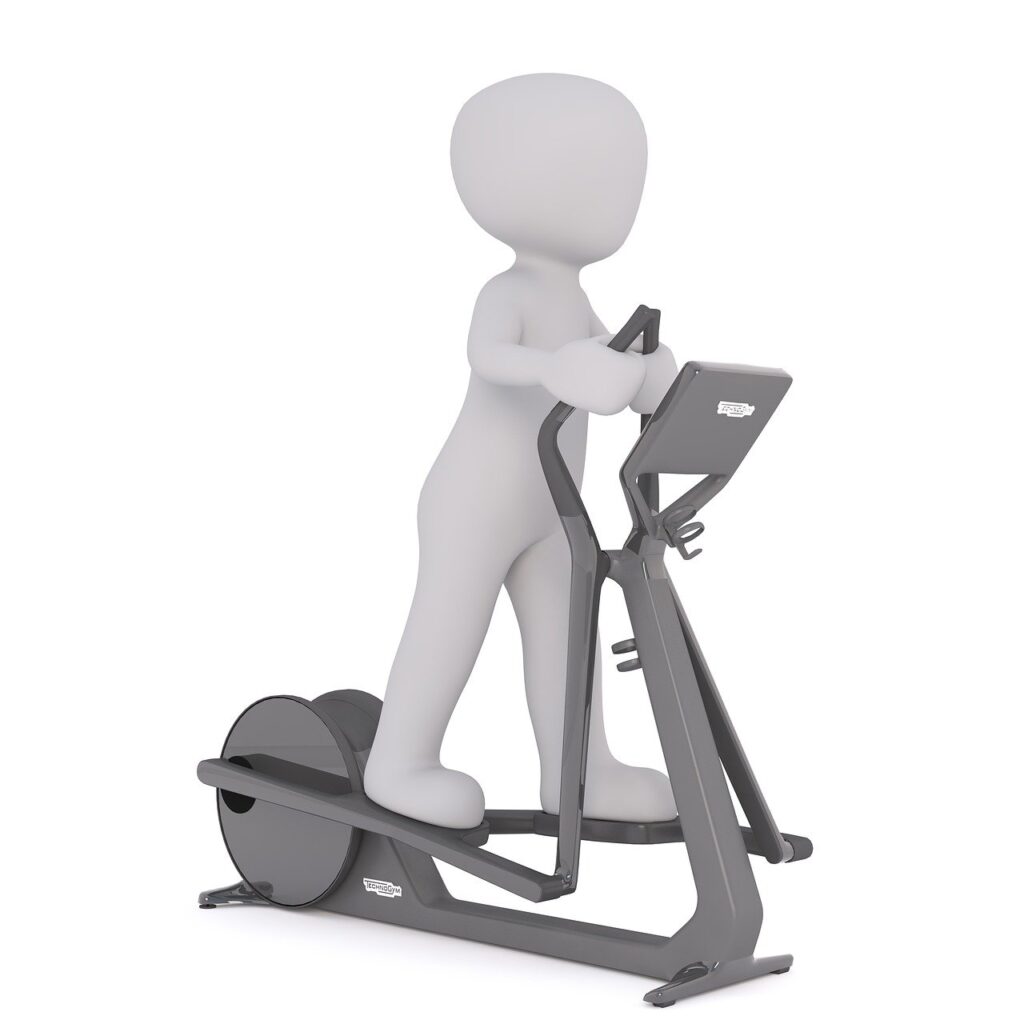
This image is property of pixabay.com.
7. Consider space and storage
7.1 Evaluate the treadmill’s dimensions
Space availability is a vital consideration when purchasing a treadmill for long-distance or marathon training. Measure the available space in your home or gym to ensure the treadmill will fit comfortably. Pay attention to the treadmill’s dimensions, including its length, width, and height, to avoid any potential space constraints.
7.2 Look for foldable or compact designs
If you have limited space, consider treadmills with foldable or compact designs. These treadmills can be easily folded and stored away when not in use, allowing you to maximize your space and maintain a clutter-free environment. Ensure that the folding mechanism is smooth and easy to operate for convenient storage.
7.3 Assess the ease of assembly and transportation
Before purchasing a treadmill, consider the ease of assembly and transportation. Some treadmills may require professional assembly, while others come with user-friendly instructions and simple assembly processes. Additionally, assess the treadmill’s portability features, such as wheels or handles, to ensure easy transportation if needed.
8. Determine your budget
8.1 Set a realistic budget range
Determining your budget is an essential step in selecting a treadmill for long-distance or marathon training. Set a realistic budget range based on your specific requirements and financial capabilities. Remember to also consider any additional costs, such as maintenance or accessories, when setting your budget.
8.2 Consider long-term investment and cost-effectiveness
While it may be tempting to opt for a budget-friendly treadmill, it is crucial to consider the long-term investment and cost-effectiveness. Treadmills designed for long-distance or marathon training often come with higher price tags due to their advanced features and durability. Investing in a higher-quality treadmill can save you money in the long run by reducing the need for frequent repairs or replacements.
9. Seek professional advice
9.1 Consult with a fitness trainer or coach
For personalized advice and recommendations, consider consulting with a fitness trainer or coach. They can assess your specific training needs, goals, and physical capabilities to guide you in selecting the most suitable treadmill for long-distance or marathon training. They can also provide valuable insights on training techniques and programs.
9.2 Visit local fitness stores for expert guidance
Visiting local fitness stores allows you to view and test different treadmill models before making a purchase. The staff in these stores are often knowledgeable about various treadmills and can provide expert guidance based on your requirements. Take advantage of their expertise to ensure you choose the right treadmill for your long-distance or marathon training.
10. Consider additional features and accessories
10.1 Evaluate entertainment options
To make your long-distance or marathon training sessions more enjoyable, consider treadmills that offer entertainment options. Look for features such as built-in speakers, tablet holders, or compatibility with audio devices. These features can keep you entertained and motivated during your workouts.
10.2 Look for cooling fans and water bottle holders
Proper hydration and temperature regulation are crucial during long-distance or marathon training. Choose a treadmill that is equipped with cooling fans to provide a refreshing breeze and water bottle holders to keep your hydration within reach. Staying comfortable and hydrated throughout your workouts is essential for optimal performance.
10.3 Consider safety features like emergency stop buttons
Safety should always be a priority when using a treadmill. Look for treadmills that offer safety features such as emergency stop buttons or safety key systems. These features allow you to quickly stop the treadmill in case of an emergency, minimizing the risk of accidents or injuries.
By considering these factors and evaluating the options available, you can confidently choose a treadmill that meets your long-distance or marathon training needs. Remember, investing in a high-quality treadmill is an investment in your health and fitness journey. Choose wisely, and happy training!


